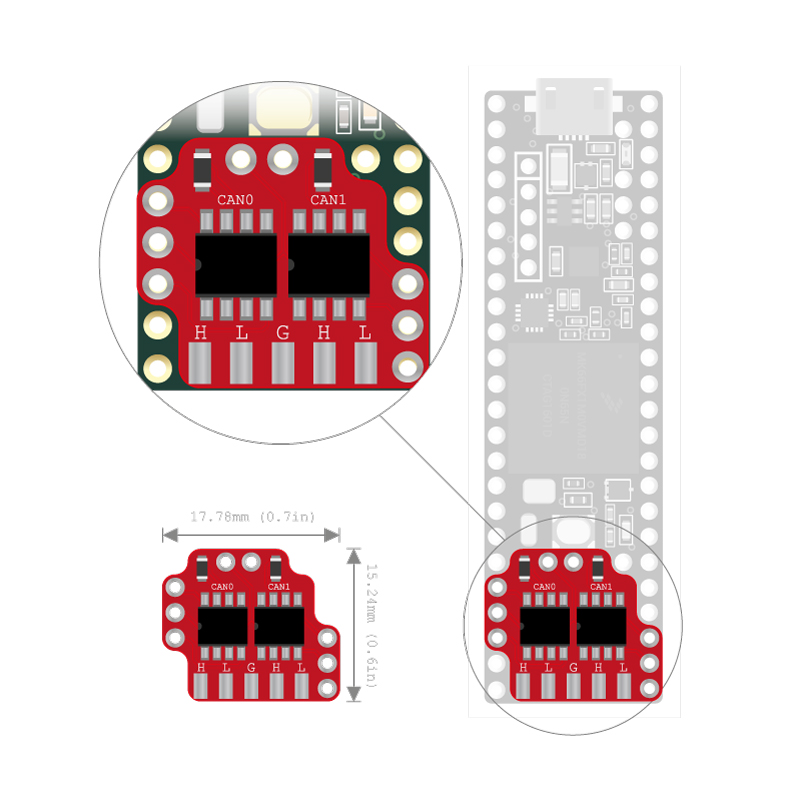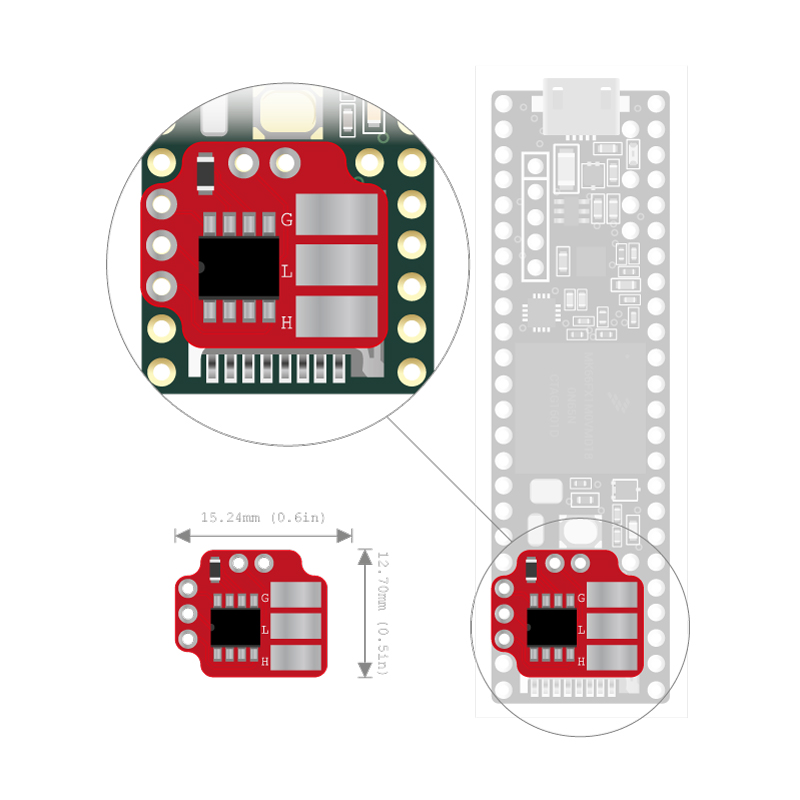intern2016
Member
Code Problem
Can anyone tell me what I might be doing wrong here? I'm trying to use this code, but I keep getting a series of error messages. I am pretty new to programming, but from what I take from the error message, the problem is related to the SD library?
After looking around there didn't seem to be a good logging sketch out of the box, so I modified the example that comes with Flexcan and came up with this:
Source Code:
http://github.com/finderman2/Teensy-CAN-Logger/tree/master
By default, the file format it outputs is designed to work with Collin Kidder's excellent software, SavvyCAN available for Mac, Win, and Linux. If you want to change it to output different information or in a different order just change the lines in the if statement.
Can anyone tell me what I might be doing wrong here? I'm trying to use this code, but I keep getting a series of error messages. I am pretty new to programming, but from what I take from the error message, the problem is related to the SD library?



